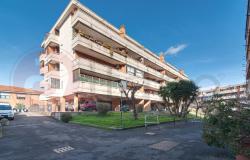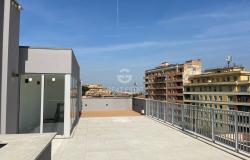There are so many “Little Italys” around the world, in Canada, Australia, the USA, the UK, Sweden. Neighborhoods inhabited primarily by Italians or people of Italian descent, holding many different aspects of the Italian culture, from shops selling Italian goods to restaurants lining the streets. But, have you ever heard about Little London right in the heart of Rome?
Piccola Londra is not a full neighborhood, but just a 200-meter private residential street in the Flaminio district of the capital, gated off but visible from the long Via Flaminia itself. No (known) Londoner or British business is located there. It is an architectural experiment of the early 19th century. At the time, the city of Rome embraced the exciting new breath of modernity brought by the turn of the century and aspired to become a true European metropolis.
After the city had become the capital of Italy in 1871, intense building programs had erupted in a chaotic manner, without following a specific urban plan. Thanks to Anglo-Italian mayor Ernesto Nathan, who was the first mayor of the city who did not belong to the land-owning elite, and city planner Edmondo Sanjust Teulada, in 1909 a regulatory plan established the first expansion of the city outside the Aurelian walls.
The Flaminio is the first district developed according to the plan and in via Bernardo Celentano, connecting Via Flaminia and Viale Vignola, architect Quadrio Pirani tested a new urban pattern for Rome inspired to an English urban style and designed two rows of small houses with steps leading to the front door, private garden and British style mail boxes that remind you of Sloane Street or Belgrave Square.













